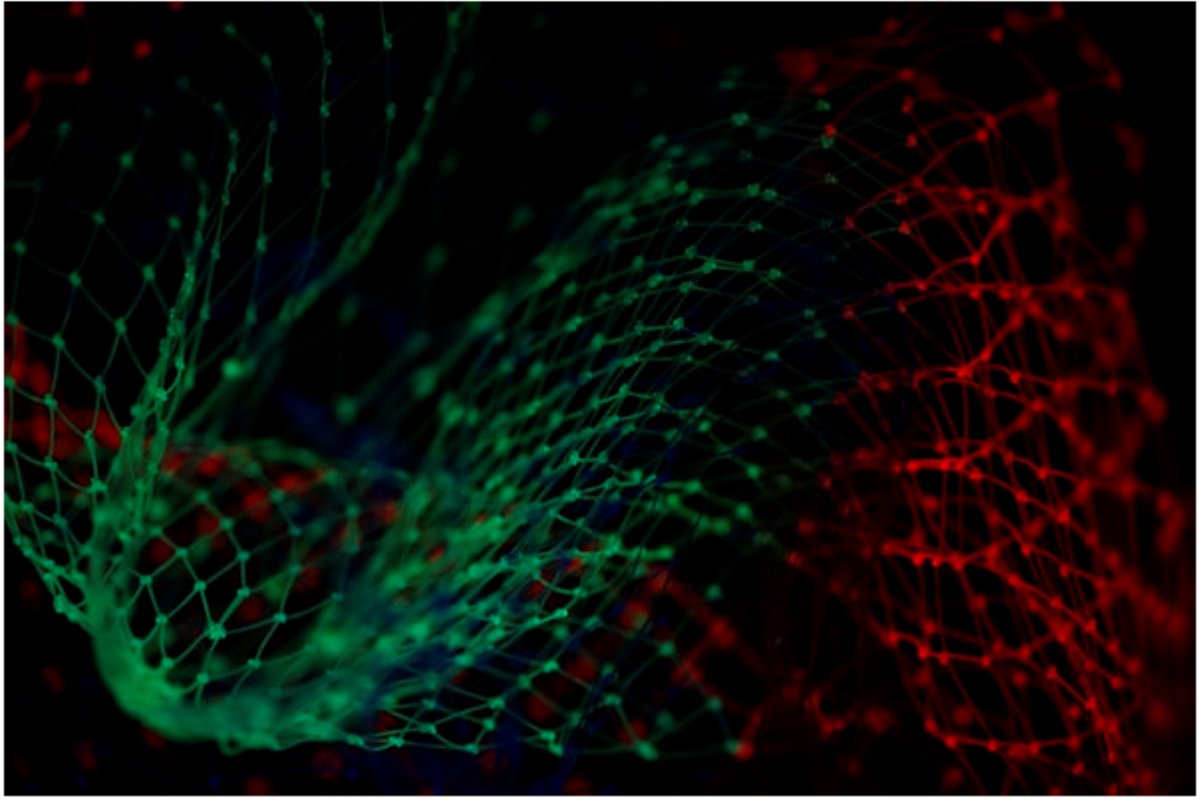The data fabric is the backbone of any data-driven organization. It’s the foundation upon which all data processing, analysis, and decision-making are built. Choosing the right data fabric is critical to the success of any data-driven organization. There are many data fabric vendors out there. Therefore, you’ll need to know how to choose the right data fabric solution for your organization. Keep reading to learn more about choosing the right data fabric.
What is a Data Fabric?
Before you start comparing vendors, you should understand what a data fabric is. A data fabric is a word used in data management to describe a system that enables users to create and manage data architectures that aggregate data from multiple data stores and data sources into a cohesive data set. Data fabrics provide a layer of abstraction that allows users to interact with the data as if it were all in a single location, when in fact it may be distributed among multiple stores and data sources.
Data fabrics can use to build data warehouses, data lakes, and other data architectures. They provide a level of flexibility and agility that is not possible with traditional data management systems. Data fabrics can also use to consolidate data from multiple data sources, including both on-premises and cloud-based data stores.
There are a number of different data fabric technologies available and each has its own strengths and weaknesses. So, it’s crucial to choose the technology that is best suited for the specific needs of the organization.
Determine your needs for a Data Fabric

When selecting a data fabric solution for your company, the first step is to determine what your company needs out of a data fabric.
There are a few key factors to consider when determining your needs. These factors are the types of data you need to manage, how much data you need to manage, and your data requirements, such as security governance, and performance. You should also consider where your data is located, such as in the cloud, in-house, or both.
Once you have a good sympathetic of your company’s needs, you can begin to evaluate different data fabric solutions that fit those needs.
Evaluate the Types of Data Fabric Solutions

When looking to choose the right data fabric for your organization’s data strategy, you will need to evaluate the solutions that are available. You can break down potential solutions into two categories: on-premises and cloud-based.
On-premises data fabric solutions offer more control and security for your data but can be more expensive to deploy and maintain. Cloud-based data fabrics offer more flexibility and scalability, but can be less secure and may not offer the same level of control as an on-premises solution.
Before you decide which type of data fabric is right for your organization, you should consider the needs that you established in the previous step. You will also need to consider the cost and complexity of each option.
If you are looking for a solution that offers more control and security, then an on-premises data fabric may be the right choice for you. However, if you need a solution that is more flexible and scalable, then a cloud-based data fabric may be a better option.
Determine which Features are most Important to You

When evaluating data fabrics, it’s important to consider the features that are important to your business. The most important features will vary depending on your business, but some of the most common features include data integration, data availability, data security, data management, and scalability.
The ability to easily and quickly integrate data from a variety of sources is crucial for businesses that rely on data from multiple sources. The data fabric solution should provide an easy way to integrate data from internal and external sources, as well as from both structured and unstructured data.
The data fabric should ensure that data is always available when needed, even during unexpected outages or disasters. It should also provide high availability and disaster recovery features to protect your data in the event of a disaster.
Security is a top concern for businesses of all sizes. The data fabric solution should provide comprehensive security features to protect your data from unauthorized access and theft.
The data fabric should provide a centralized way to manage all of your data, regardless of where it store. This includes features for managing data governance, data quality, and data integration.
The data fabric should be able to scale to meet the needs of your business as it grows. It should provide the ability to quickly add capacity to meet increasing demand, as well as the ability to easily manage and monitor data growth.
Consider the Costs Associated with the Data Fabric Solution

Once you’ve narrowed down your options, it’s time to start thinking about costs. Some data fabrics are subscription-based, while others require an upfront investment. Make sure you understand the total cost of ownership, including licensing, hardware, and maintenance fees.
It’s also important to consider the long-term costs of a data fabric solution. For example, will you need to upgrade your hardware or software in the future? Will you need to hire additional staff to manage your fabric?
Cost shouldn’t be the deciding factor when choosing a data fabric, but it’s important to consider all of the factors involved. By taking the time to evaluate your needs and budget, you can find the right data fabric for your organization.
Choose the Right Data Fabric for your Business
When it comes to choosing the right data fabric for your organization, it is important to consider all of the factors involved, including understanding data fabrics, your business needs, the types of fabrics out there, which features you’ll need, and the costs. The most important obsession is to make sure the data fabric is able to meet the needs of your organization as a whole. If you can consider all of these factors, you should have no trouble finding the right data fabric software for your company’s unique needs.


